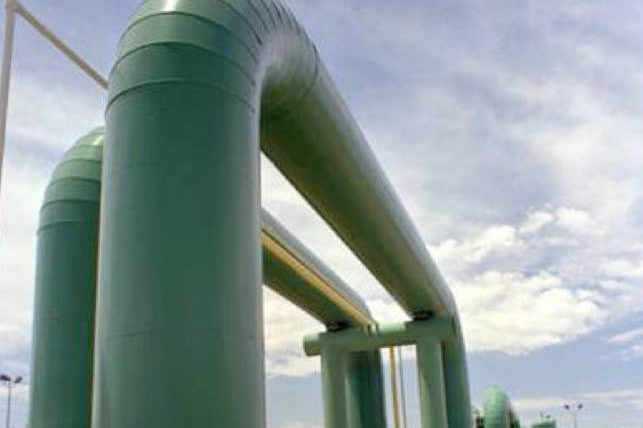Pipelines
Exploring the role of pipelines in transporting hydrogen efficiently and safely, including technology, infrastructure, and distribution networks.
Texas has more than 1600 miles of hydrogen pipeline. Hydrogen can be transported in gaseous form in a pipeline.
As the Texas hydrogen market grows, hydrogen facility operators will require additional intrastate pipelines to transport hydrogen between production plants, storage facilities, refineries, and customers. The Railroad Commission of Texas (RRC) has regulatory authority over intrastate hydrogen pipelines in Texas.
News
John Cockerill advances US expansion of hydrogen in Houston area with launch of gigafactory in Baytown
The Hydrogen Stream: Malaysia, Singapore mulling hydrogen pipeline
Proposed Algeria-Germany Green Hydrogen Pipeline Could Be A Game-changer For European Energy
Netherlands starts building €1.5B hydrogen pipeline to cut reliance on natural gas
Liquid organic hydrogen carriers will dominate hydrogen transport method. Hydrogen is bound to be limited to local production and consumption.
Transportation fuel will be the main driver and leading application for hydrogen. Hydrocarbon production, processing, and refining will catalyze green hydrogen production.
Texas is already hydrogen friendly with two-thirds of the country’s hydrogen transport infrastructure. Additionally, the coastal geology of Texas is strategic for long-term storage of hydrogen and carbon. Using existing infrastructure will mitigate the economic hurdles of transition and encourage affordability. Texas already has existing production, transport, storage and end-use footprint coupled with a robust industrial sector that includes petroleum products, chemicals, and plastics. The Texas Gulf Coast is the nation’s largest regional port capacity. All of these factors make Texas prime for the Hydrogen transition.




